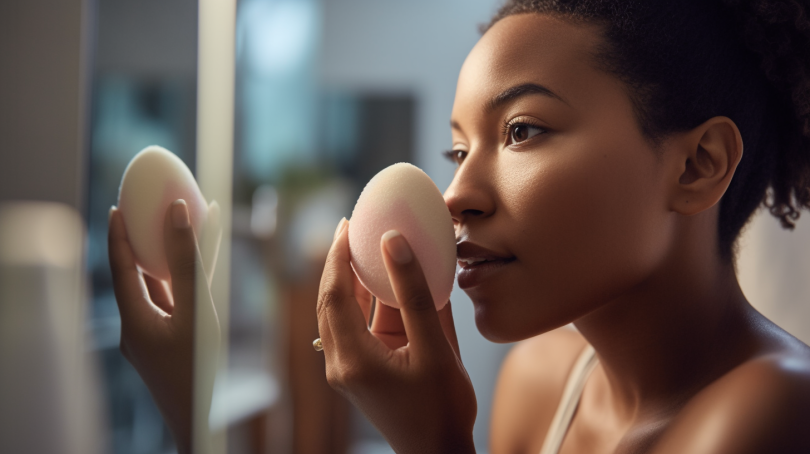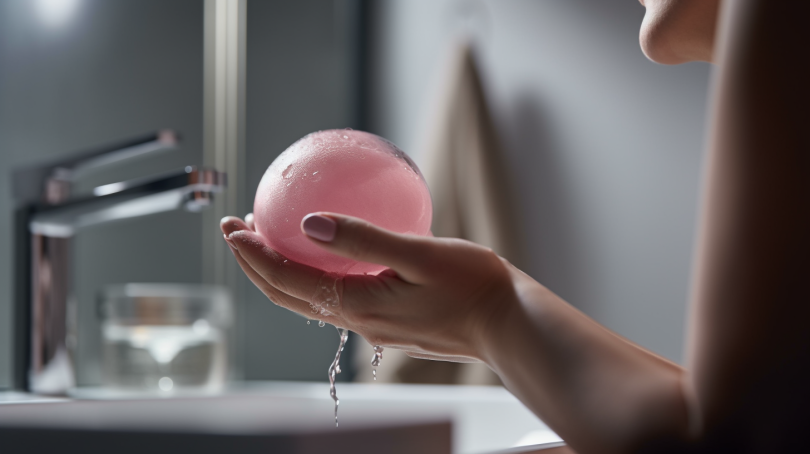The Ultimate Guide: Clipping Your Nails – Wet or Dry?
Welcome to the ultimate guide on clipping your nails – wet or dry? Nail care is an essential part of personal hygiene and grooming. Clipping your nails regularly helps to prevent infections, ingrown nails, and other nail-related problems. One of the most common questions people have when it comes to nail clipping is whether they should do it wet or dry. In this tutorial, we’ll explore the pros and cons of both methods and provide you with all the information you need to make an informed decision.
The Pros and Cons of Clipping Your Nails Wet
Clipping your nails while they are wet can be a popular choice for many individuals. This method involves soaking your nails in warm water for a few minutes before trimming them. The warm water softens the nails, making them easier to cut. Below are some pros and cons of clipping your nails wet:
Pros:
- Softens the nails, making them easier to cut
- Helps prevent the nails from splitting or cracking
- Less likely to cause discomfort or pain compared to cutting dry nails
Cons:
- Can cause the skin around the nails to become too soft, making it easier to accidentally clip them along with the nail
- Prolonged exposure to water can strip off natural oils from your skin and weaken your nails over time
- If not dried properly after soaking, it can increase the risk of fungal infections under your nails
The Pros and Cons of Clipping Your Nails Dry
Dry clipping is another popular method for trimming your nails. It involves cutting your nails when they are completely dry without any prior soaking. Here are some pros and cons of clipping your nails dry:
Pros:
- Less likely to accidentally cut the skin around your nails
- Allows for more precision when cutting your nails
- Avoids the risk of fungal infections that can occur from prolonged exposure to water
Cons:
- Cutting dry nails can cause them to split or crack
- Dry nails can be harder to cut, making the process more uncomfortable or painful
- If not done correctly, dry nail clipping can cause ingrown toenails or other nail-related problems
So, Should You Clip Your Nails Wet or Dry?
The answer to this question is subjective and depends on personal preference. Both wet and dry clipping methods have their own set of advantages and disadvantages. Ultimately, it comes down to what works best for you. If you find that cutting your nails while they are wet is more comfortable and easier, then go with that method. If you prefer the precision and control of cutting your nails dry, then stick with that.
Regardless of which method you choose, there are a few best practices you should follow when clipping your nails:
Step-by-Step Guide for Clipping Your Nails:
Step 1: Choose a Good Pair of Clippers.
The first step in trimming your nails is choosing a good pair of clippers. Look for clippers with sharp blades that will make clean cuts without splitting or cracking your nails. Avoid using dull clippers as they can cause more harm than good.
Step 2: Soften Your Nails.
If you choose to clip your nails wet, soak them in warm water for a few minutes before trimming. If you prefer dry clipping, ensure that your nails are completely dry before cutting them.
Step 3: Cut Your Nails Straight Across.
When cutting your nails, make sure to cut them straight across. Avoid cutting them too short or too close to the skin, as this can increase the risk of ingrown toenails. Additionally, avoid rounding the edges as this can cause the nails to grow into the skin on the sides.
Step 4: File Your Nails.
After trimming your nails, use a nail file to smooth out any rough edges or sharp corners. Filing your nails can also help prevent snags and tears in your clothing or bedding.
Step 5: Moisturize Your Hands and Nails.
After clipping and filing your nails, it’s essential to moisturize your hands and nails. This helps prevent dryness and keeps your skin soft and supple. You can use a moisturizing lotion or oil of your choice for this step.
Conclusion
In conclusion, whether you choose to clip your nails wet or dry is up to personal preference. Both methods have their own set of advantages and disadvantages. However, regardless of which method you choose, it’s essential to follow best practices such as using sharp clippers, cutting straight across, filing your nails after trimming them, and moisturizing afterward. By following these steps, you can keep your nails healthy and looking their best!




